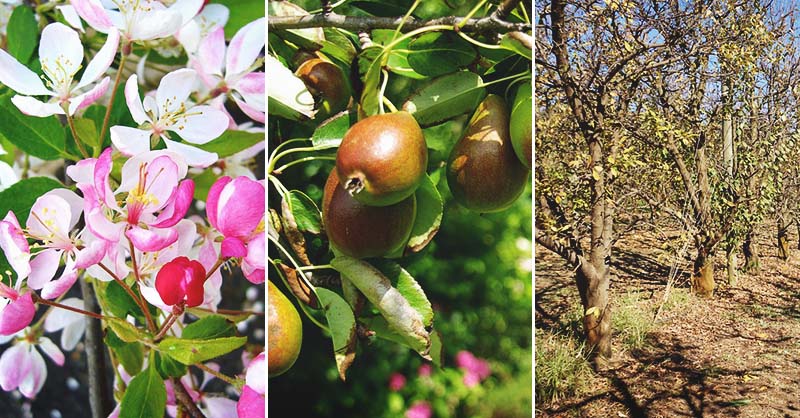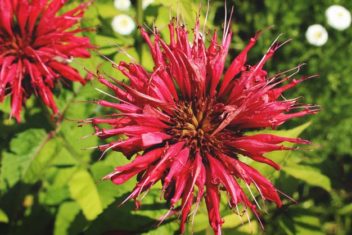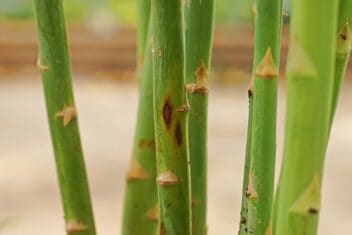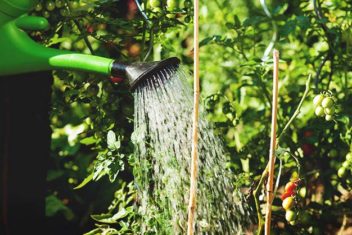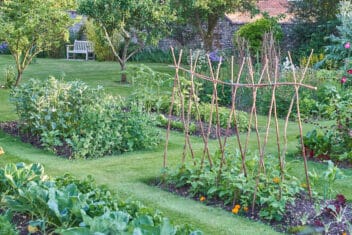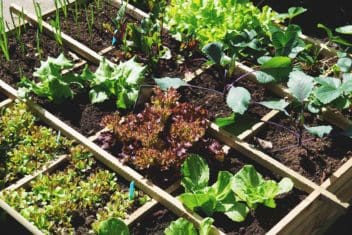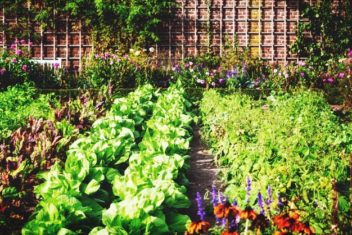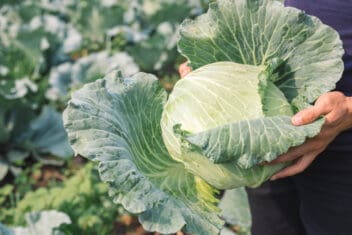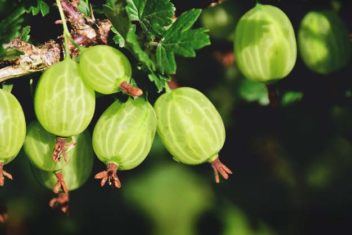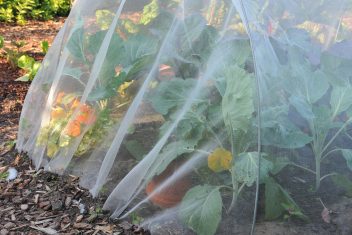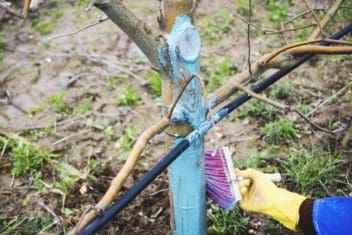There’s nothing sweeter than the early morning sun shining through a grove of fruit trees. The aroma is calming, and the air is heavy with dew.
An orchard is often an image you would find depicted on the wall of a busy CEO’s office, who need an inspiring visual reprieve of serenity throughout the day.
Wouldn’t it be nice if you could experience that feeling in 3D daily? An orchard not only looks and smells nice, it provides fruit for your family and forage for the pollinators. It’s truly a win-win-win.
But before you jump in and plant an orchard, there are a few things you need to take into consideration. Read on to learn how to set the foundation for a thriving orchard for the next 80 years, or so.
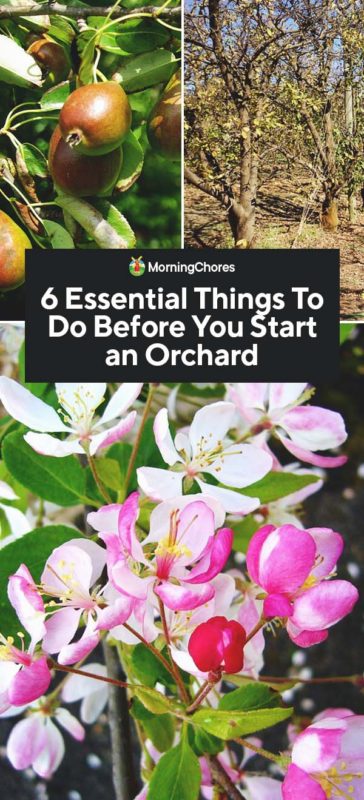
1. Prepare for Your Orchard
If you’ve just moved to your homestead, and you long to have an orchard, hold your horses, homesteader. While you can plan your orchard right away, it is wiser to wait 2-3 years before digging your first hole, and here’s why:
- Your soil may not be up to snuff.
- You may not recognize the right space immediately.
- A year-round seasonal experience teaches you a lot about winds, rain, and other factors that affect the trees.
It’s a devasting scenario if something comes up and you have to tear down or relocate your orchard. It’s costly and a ton of hard work.
So, while it may be tempting to plunk down a few apricot trees as soon as you move in, you will be doing yourself a favor by spending some time getting to know your new home and the conditions in which you will plant.
2. Find the Perfect Space to Plant An Orchard
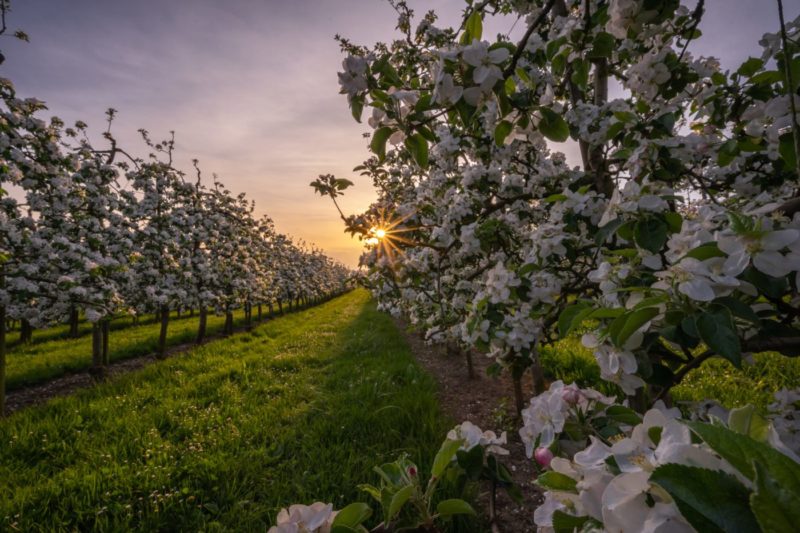
Depending upon the type of fruit trees you decide to plant, you can be sure that when you plant an orchard, it will be around for at least 60 years, or even more if you’ve prepared and cared for your trees well.
It’s crucial to locate the right place for your new orchard, so it thrives and is in an area that is desirable to you.
Look for a magical place that has the following characteristics:
1. High Ground or Slopes
The best place for an orchard is an area that has good drainage. So, no low marshy areas here. Most fruit trees don’t thrive in extremely wet areas.
2. Out of the Wind
If you live in a cold climate, and freezing is a concern, consider placing your orchard in an area out of the wind.
3. The South Side of a Hill
Trees that are planted on the north side of a hill will blossom late in the year, due to the suns location during the growing season.
4. Amazing Soil
Look for areas that aren’t full sun during the summer, as the soil needs to remain reasonably cool. Once your trees are taller, they will take care of this themselves. Soil needs to be well-drained and consist of about 3 feet of soft topsoil. Roots need to be able to stretch and grow.
5. Far From the Farmer’s Fields
If you have the space on your property, do your best to find a location that does not butt up to an agricultural field. While there are laws against pesticide and herbicide drift, you can’t guarantee that your farming neighbor will respect them (or have any control over the wind conditions on the days they spray).
On a side note: Fruit trees are pest magnets, and you may be tempted to spray your trees with harmful chemicals (harmful to the trees, pollinators, and your family). To head this off, consider researching a few disease-resistant trees for your woodlet.
6. Full Sun the Rest of the Year
Your new fruit grove should have as much sun as it can get during autumn, winter, and spring. So do the best you can with what you have.
Look for areas that won’t be towered over by buildings or other trees.
3. Choose Your Fruit Trees
This may pop a few balloons, or take the wind out of your sails, but you can’t always have an orchard full of different fruits due to your growing zone (more on that soon).
I know, you were imagining a fantastic fruit salad, but here’s the good news:
Fruit trees do best when they are planted with a partner, or companion, fruit tree. Our busy bees and pollinators do a better job when there is a large selection on the buffet line at the same time.
Note: Companion planting isn’t a concern if you are going for fruits that come from self-fertile trees.
Most nurseries have horticulturists that can help you come up with the perfect combination to fit the fruit salad bill.
So, pick out what you have to have, and add-on any additional companion plants (making sure all of them are compatible with your growing zone).
4. Locale Considerations (Growing Zones)
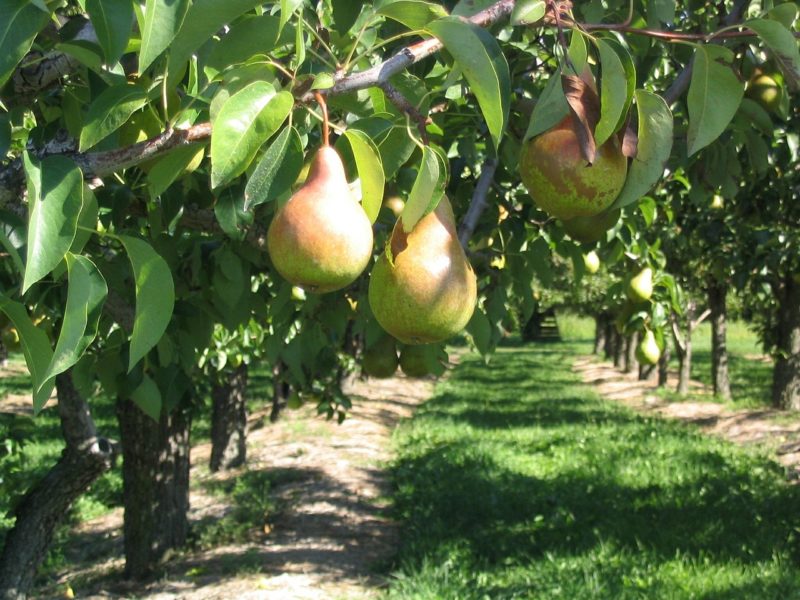
Whenever you plant anything new, you should be taking your growing zone into consideration. It’s important to understand these zones so your plants can thrive, you don’t waste time on incompatible plants, and you won’t have any rework to do in the future.
Trees that thrive in warm climates may succumb to frostbite in the cooler climates. On the other hand, cold climate fruit trees may not produce fruit during the mild winters of the south.
5. What Time of Year to Plant an Orchard
Hands-down the best time of year to plant an orchard is Autumn or Spring. The middle of summer is a poor choice for planting because extreme heat can quickly kill new, or transplanted fruit trees.
6. How to Plant and Care For New Trees Seasonally
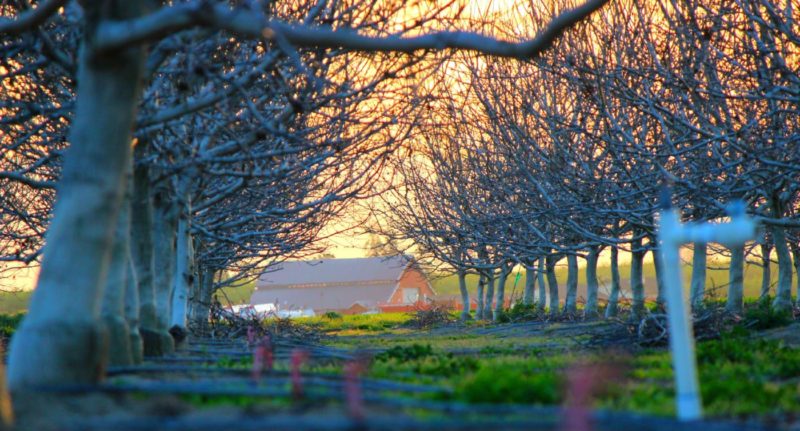
Speaking of extreme heat, your new saplings need a lot more attention than you might think, and each season provides its fair share of challenges.
Summer
The first summer after your saplings are planted is going to be a doozy. Young trees are vulnerable in hot temps, and they need a ton of water.
Ideally, you will plant your trees in the spring, but if you do plant in the summer, make sure you are constantly watering your trees daily.
Winter
Winter is hard on young trees because they are small, and lack the solid foundation an established tree has to stay strong through blizzards, frosts, and sub-zero temperatures.
Aside from the weather, you also need to protect your trees from hungry critters. When the ground is covered in the white stuff, animals will eat whatever vegetation they can find. And it just might happen that your new cherry tree is just tall enough to poke through the snow.
To protect your woodlet, you can purchase plastic wraps that twist around the trunk of the tree to protect against frost and your little woodland friends.
You can also pad the ground with layers of hay, straw, or mulching materials to protect small tree roots from frost.
Ready to Plant An Orchard?
Once you cross your “t’s” and dot your “i’s” you can rest easy knowing you have covered all your bases, and your orchard will thrive.
Planting can be a lot of work. So be sure to enlist your friends to help. You can set up an assembly line, of sorts.
One person measures, one person digs, one person plants, and the last person waters and packs down the earth.
Let’s hope you have at least four loyal friends, lots of lemonade, and preferably a swimming pond. Otherwise, your future fruit salad may end up being a long-term payment plan for your hard-working pals.

